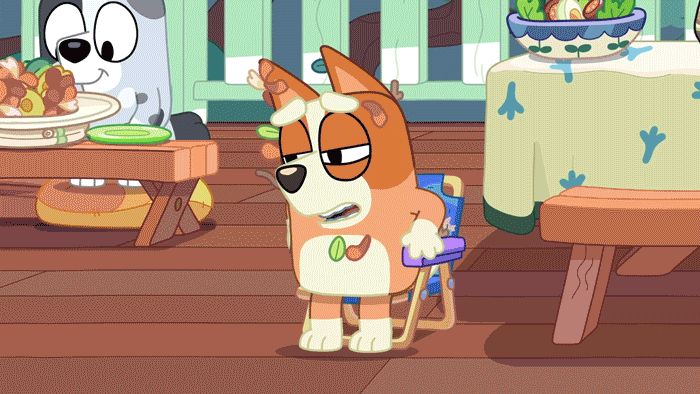I'm taking this moment to breathe and talk about my experience with education through the pandemic because it was weird and, for me, a little too lax. My first semester was at Northern Arizona University, which was literally... wack. Because life was online for nearly all of my classes, I could work an overnight job at the local gas station where I worked, then just log onto the class, turn my camera off, and sleep... The classes flew by, and it didn't feel like I was in college. I was just at home or work, with the occasional online meeting where I completed assignments online and just sent pictures for my professor to grade.

Transferring to BYUH, my first 2 semesters were still online learning. Still, thankfully I had some in-person learning because of our isolated location on the island and the strict safety guidelines that our university followed to ensure that we were always safe no matter where we went. Even though it was only 2 of my 6 classes those semesters, I noticed a significant improvement in my academic learning (not just grades, which were the same consistently) where I could retain more information.
Multimedia Theory
Multimedia theory is one of the un-tested theories that prove to be *Not false based on ethics and logic. It makes sense. from a psychological standpoint, memory works better when multiple factions of the brain are activated simultaneously instead of just one. This is where interaction works. When presenting information, have students search for the answers and engage all their senses when teaching by moving blocks, audio samples, moves, songs, and more. Guaranteed higher retention in learning and support to intrinsically motivate and incentivize students to do better, learn more and achieve goals. The best motive is to have an all-family pillow fight in the most spontaneous moments of presenting information in class. This is the most effective way to remember things you learn.
*I can't say that it's true, given it's a scientific theory, which only exists to prove what is false and not false, never what is true









